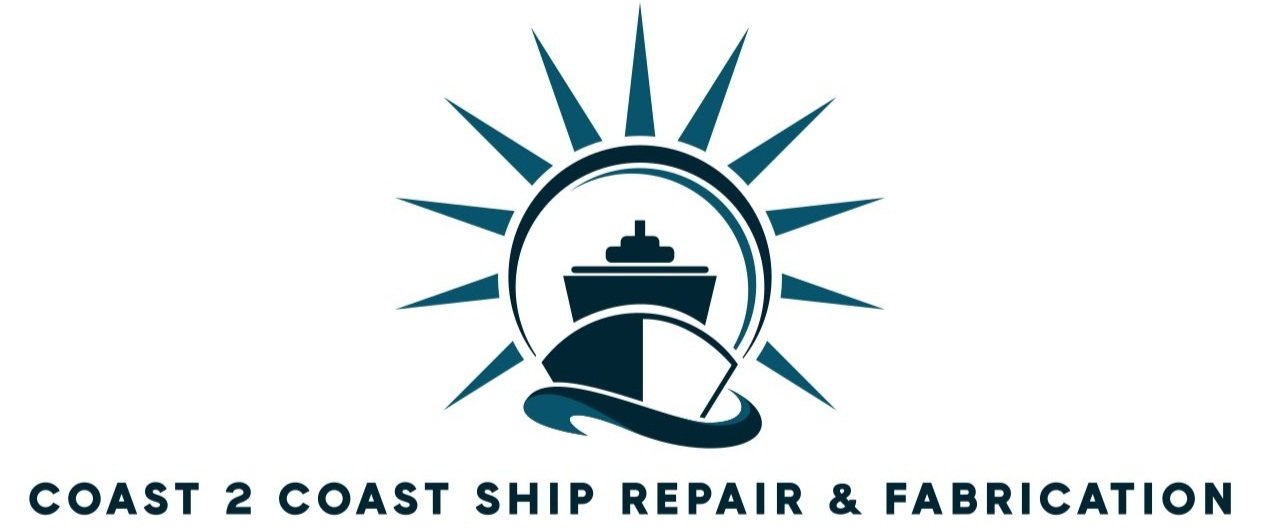Brazing Services
Brazing is a metal-joining process where two or more metals are joined by melting and flowing a filler metal into the joint. Unlike welding, the base metals do not melt; only the filler metal melts, which then solidifies to form a strong, leak-proof joint.
Key Features of Brazing
Lower temperatures than welding (typically 1100°F – 1600°F depending on filler metal)
Produces capillary-strong joints ideal for thin-walled pipes and tubing
Minimal distortion of base materials
Can join dissimilar metals such as copper to stainless steel or aluminum to copper
Applications in Ship Repair
Copper-nickel, stainless steel, and aluminum piping in seawater systems
HVAC tubing and refrigeration lines
Fuel, lube oil, or hydraulic lines where welding could damage thin-wall materials
Leak-proof repair of fittings and small diameter pipe systems
Advantages of Brazing
Strong, durable joints suitable for pressure-containing systems
Ability to join dissimilar metals without galvanic corrosion risk
Clean, precise process for small or complex components
Reduces heat-affected zones compared to welding
